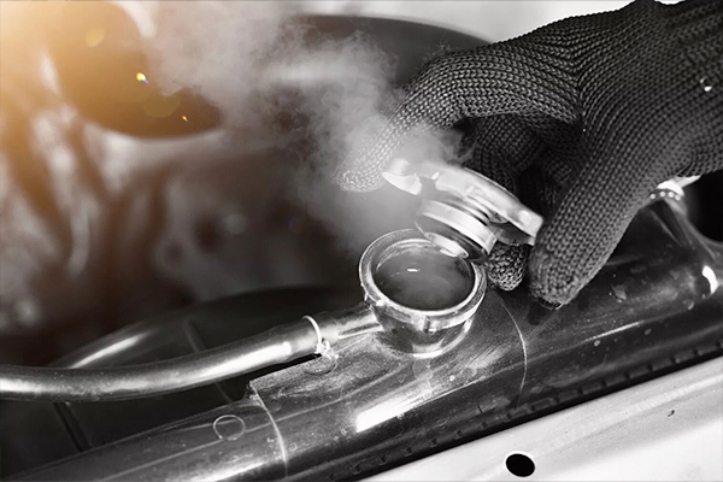
Heat is a very important element in the working of a car but it is a double-edged sword as well. Too much heat can cause seizing and expanding while less heat can lead to a lack of friction and wearing of car components. It even affects the efficiency of a vehicle. To protect cars from this trouble, a car’s cooling system is pretty vital.
We all have noticed how far modern cars have come when compared to older ones. Be it car exterior, interior, engine, power-steering, turbocharging, etc, the cars have come a long way. But you would be surprised to know that not much of the car cooling system has changed. Apart from size, lesser emission, and better efficiency, almost everything has remained the same.
There is a strong possibility that most of you are not very familiar with the meaning and working of a car’s cooling system. In this article, we will discuss everything in detail.
Let’s dig in!
What is Car’s Cooling System?
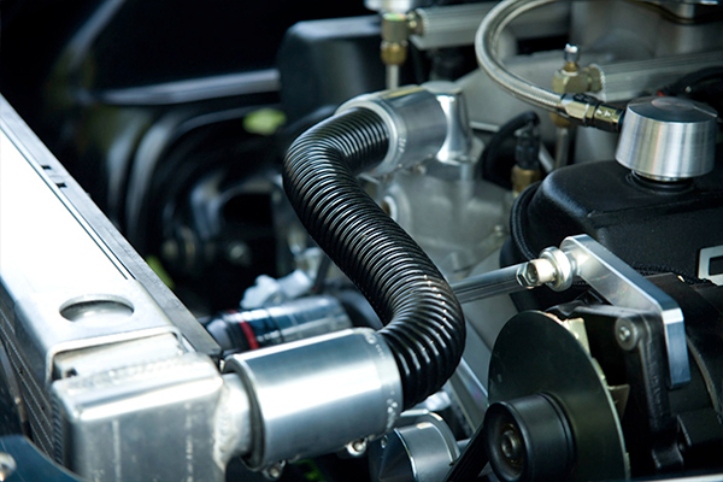
To give a straight but simple example of how much heat gets generated, consider that if an average car travels at over 50 mph, then over 4000 explosions of heat get generated every minute. You may not be aware of it, but it's quite a lot. So much heat at a singular place can be very dangerous. So, to handle this much pressure, the car’s cooling system is there.
If the car’s cooling system is not working then there’s a strong possibility that your car will cease to work in a few minutes. So, the cooling system is a heat exchanger that consists of things like the radiator, coolant fluid, expansion tank, and more.
How Does Car’s Cooling System Works?
As mentioned above, the cooling system of a car has many vital components. To roughly describe the working of it, there’s a special coolant fluid that gets pumped by the water. Due to this, the fluid flows from the radiator to the engine and cylinder head of the car. We all know that the main engine block of that car has various pistons working in an up and down motion. Here the temperature level is very high. After that, it flows to the radiator once again to start another cooling journey. If you think there is something wrong and you need to go for car cooling system repair , get it checked by the professionals.
Types of Coolant Systems
There are two types of coolant systems in the car. Although among the two coolant systems in a car, one is very commonly used in modern cars. Despite that, we will be explaining both of them to our readers.
- Air Cooling System:
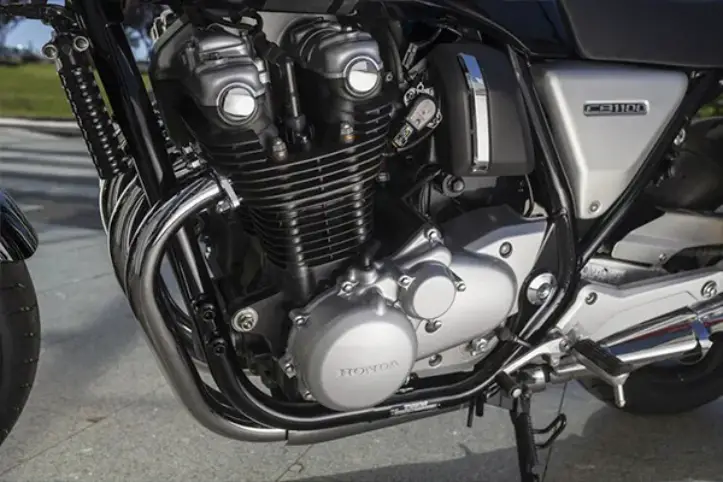
Considered the thing of the past air cooling system is not used in modern cars. Right now, you can witness this type of cooling system in motorbikes. They are rarely used in cars now. In this system, the air is used to cool down the engine.
- Liquid Cooling System:
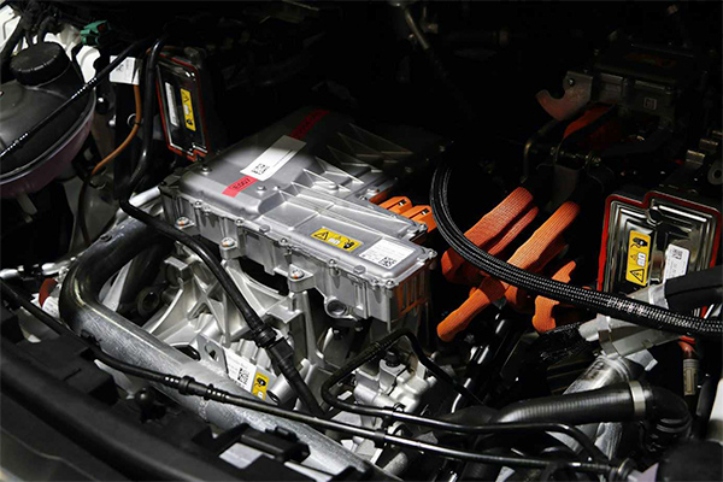
As the name suggests, in this cooling system, the liquid is used to cool the car engine block. Equipped and propelled with the help of a water pump, the coolant liquid is pumped to the engine block. We will discuss its work in detail below.
How Does Car’s Coolant Work?
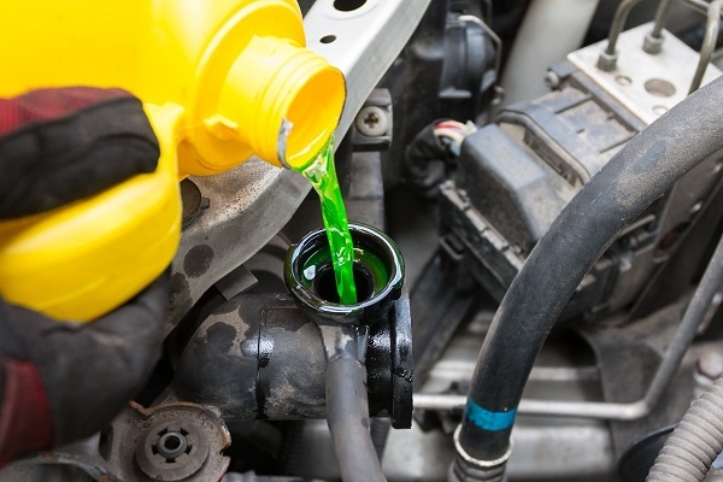
We will start from the beginning. When you turn the car’s engine on, it is cold. Both the car and engine are cold and the fuel doesn't work that way. The fuel needs heat to vaporize and expand. The internal engine components need to be lubricated for the car to work. Then what do we need coolant for? You may be surprised to find out that the journey of coolant from the radiator to the engine starts off with the start of the car.
Coolant is needed to cool down the internal components of the engine that generates a large amount of heat in a concentrated place. For this cooling system is placed in the car. But we have a safety mechanism if the coolant is too cold. There is a thermostatically controlled valve near the pump. The valve works as a closure for cold coolant and doesn’t let it pass to the radiator.
When the coolant liquid is around 90 degrees Celcius, then it is sent to the radiator the upper radiator hose, and into the upper radiator tank. In various modern cars, there is a temperature sensor that helps in sending accurate liquid. It helps in further reducing the emission. If you seem to have any issue with the coolant, get it checked by the professionals or you can even go for full car service.
The radiator is an integral part of the cooling system. It consists of thin aluminium layers in a honeycomb structure that surrounds the pipes. The same pipes have coolant in them. The expansion tank is another vital part of the car. When the temperature increases and the coolant expands, it needs someplace to get relieved. The boiling point of such liquid is beyond 100 degrees. To relieve this pressure, the coolant flows into this expansion tank. What happens when we turn off the engine and pause for a bit? Fan. It is the electric fan that is located behind the radiator. It cools down the coolant liquid.
Frequently Asked Questions
What temp should coolant be?
The normal temperature of the coolant should be between 90-104 degrees Celcius.
How do you check if there is enough coolant in the engine?
The level of the coolant can be checked by high and low markings on the overflow bottle.
Should the radiator be full of coolant?
There is always a minimum and maximum quantity mark on the container. Make sure that your tank is at least 30% full.
Why is my radiator full but reservoir empty?
There must be some kind of leak or clogging in the radiator hose that is stopping the flow of fluid.
Hopefully, now you are aware of the internal working of the car’s cooling system.






















